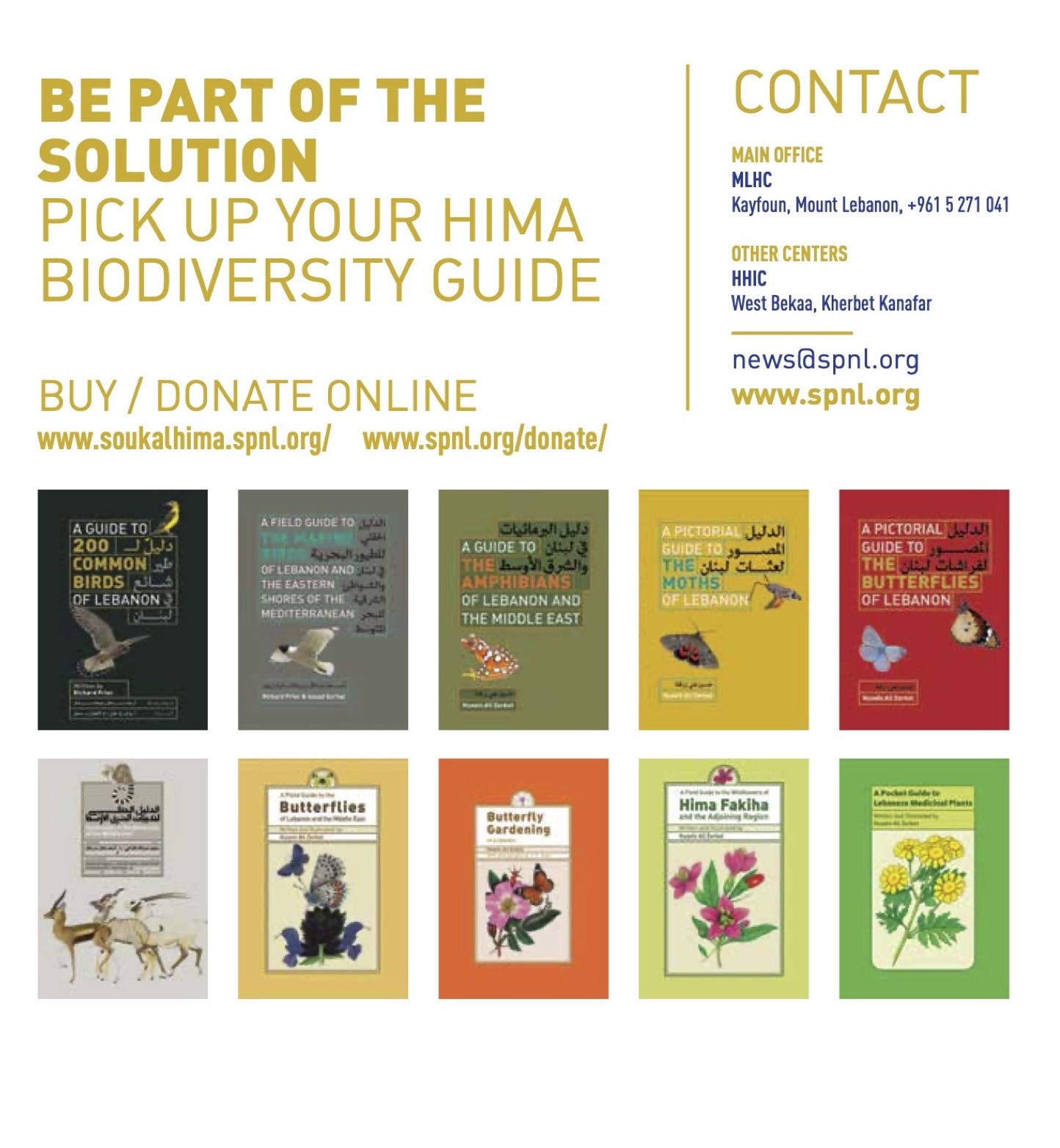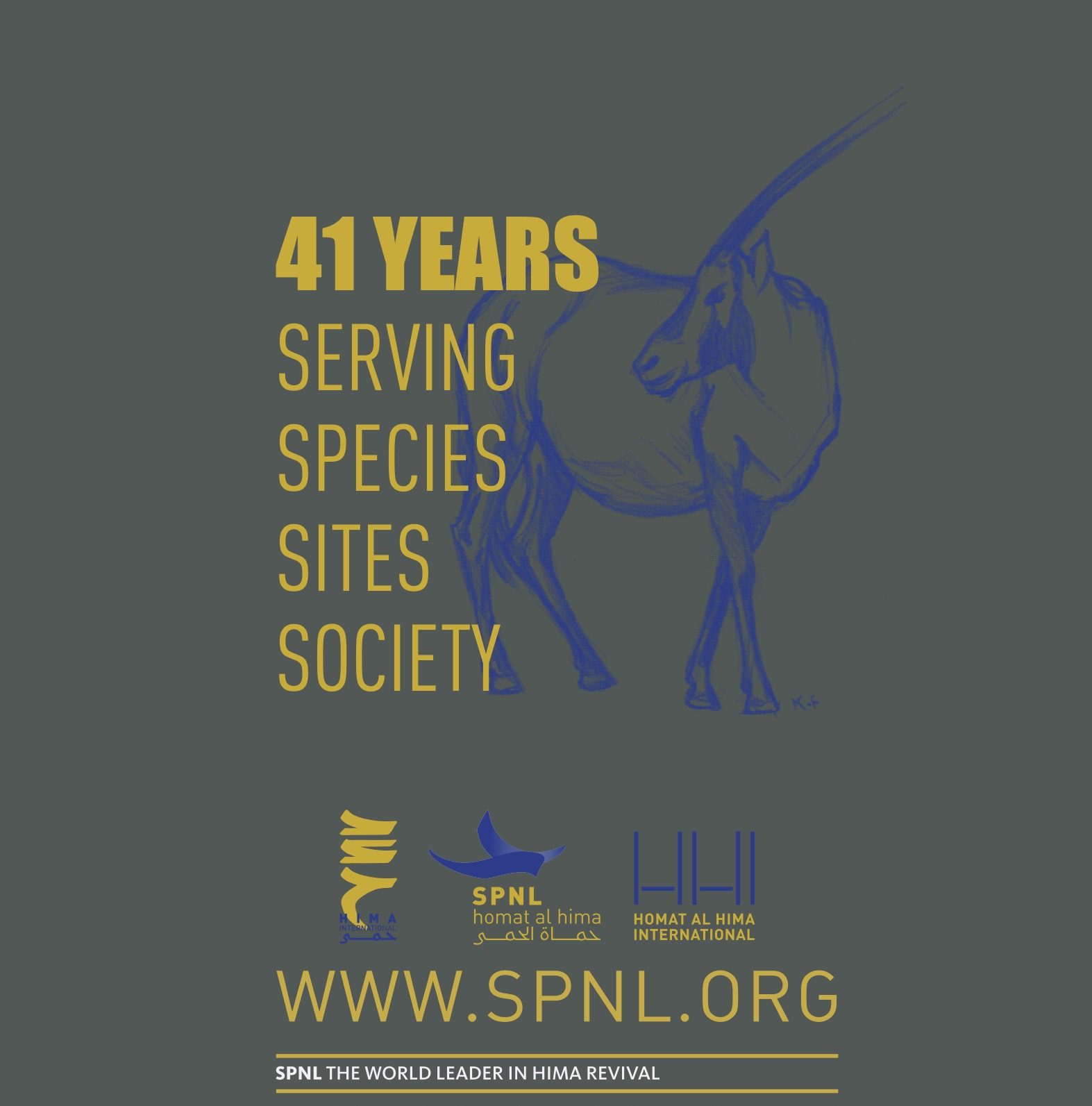On a crisp morning in Mount Lebanon, Deputy Marc Daou joined Mayor of Chemlan Issam Hitti for a meaningful visit that blended heritage, spirituality, and conservation. Their first steps took them into the Biblical Garden in Hima Chemlan, a place where faith and nature intertwine. Surrounded by olive trees, grapevines, and other species mentioned in the scriptures, the garden serves as a living reminder that spirituality has always been rooted in the land. As they walked along the shaded paths, the deputy and the mayor reflected on how landscapes can speak the language of both culture and ecology, carrying lessons across generations.

Just beyond, the Quranic Garden in Hima Kayfoun offered another perspective on this sacred relationship between humans and nature. Here, the flora listed in the holy verses comes to life, figs, dates, pomegranates, and aromatic herbs, each plant carrying its own cultural symbolism. A short hike through the garden revealed how spirituality, when tied to the natural world, creates not only beauty but also responsibility. The gardens stand as community sanctuaries, bridging Lebanon’s diverse religious traditions and showing how shared values of stewardship and respect for creation can unite rather than divide.
The Luc Hoffmann Hima Home: A Hub of Conservation
Their journey eventually led to the Luc Hoffmann Hima Home, named after the late Swiss ornithologist and philanthropist who inspired generations of conservationists worldwide. Inside, Deputy Daou and Mayor Hitti discovered the story of the Society for the Protection of Nature in Lebanon (SPNL), BirdLife International’s partner in the country.
For more than forty years, SPNL has worked tirelessly to revive and modernize the Hima approach, a traditional community-based system of protecting land, water, and wildlife. The Hima concept, rooted in Arab and Islamic heritage, empowers local communities to manage their resources sustainably while ensuring both human and ecological well-being.
The Hima Home, located in Mount Lebanon, has become more than just a museum or office. It is a hub where conservation meets culture, a space where workshops, youth trainings, and community gatherings bring people together to rediscover their role as custodians of the land.

Hima Chemlan: A Model for Stewardship
Among the sites highlighted during the visit was Hima Chemlan, a pioneering example of how the Hima concept continues to evolve. Nestled in the heights of the Aley District, Hima Chemlan represents a community’s commitment to safeguard its forests, springs, and biodiversity.
Here, traditional knowledge merges with modern conservation science. Villagers have worked hand in hand with SPNL to set rules for sustainable grazing, protect migratory bird habitats, and monitor biodiversity. Children from local schools often visit the site, engaging in environmental education programs that connect them with the history of their land. For many, Chemlan is not just a conservation site—it is a classroom under the sky, a place where the younger generation learns that caring for nature is part of their cultural identity.
Deputy Daou and Mayor Hitti heard firsthand how Hima Chemlan has restored degraded lands, reduced pressures on wildlife, and fostered a renewed sense of pride among residents. It stands as proof that communities can be the most effective guardians when they are given the tools and the trust to lead.

Hima Kayfoun: Linking People and Nature
Equally significant is Hima Kayfoun, another jewel in Mount Lebanon’s network of protected areas. Known for its lush pine forests and scenic landscapes, Kayfoun has long been a place where locals and visitors escape the noise of the city to breathe fresh air and enjoy the calm of nature.
Through SPNL’s Hima program, Kayfoun’s natural assets are now carefully managed to balance human use with ecological protection. The site has become a popular destination for eco-tourism, where families and hikers can enjoy trails while also learning about the birds and plants that thrive in this environment.
But Hima Kayfoun is not just about recreation; it is also about resilience. By engaging local authorities and communities, SPNL has ensured that conservation brings real benefits—from preventing forest fires through community monitoring, to creating livelihoods linked to eco-tourism and sustainable resource use. For the people of Kayfoun, the Hima has become a shared project of pride, strengthening their connection to the land while offering economic opportunities.
The Gardens as a Bridge
The Biblical and Quranic Gardens, together with the Hima sites of Chemlan and Kayfoun, weave a larger story of how Lebanon’s diverse cultural and religious heritage can serve as a foundation for conservation. As Deputy Daou noted during the visit, these spaces embody a vision where faith, identity, and ecology coexist in harmony. Mayor Hitti added that the gardens and Himas are living testimonies to the possibility of building peace and cooperation through nature.
By walking through the Biblical Garden’s olive groves, hiking the Quranic Garden’s aromatic trails, and listening to the stories told at the Luc Hoffmann Hima Home, the visitors experienced what SPNL has been advocating for decades: that nature protection is not an imported concept, but one deeply embedded in Lebanon’s traditions and landscapes.
Looking Ahead
As Lebanon faces mounting environmental challenges—ranging from habitat loss to climate change, the work of SPNL and its community partners takes on renewed urgency. The visit by Deputy Daou and Mayor Hitti symbolized more than a courtesy call; it was an affirmation of the importance of embedding conservation in policy, culture, and daily life.
Hima Chemlan, Hima Kayfoun, and the gardens of Chemlan stand as beacons of hope. They remind us that when communities reclaim their role as custodians of their heritage and environment, they can build resilient futures rooted in cooperation, respect, and care.







